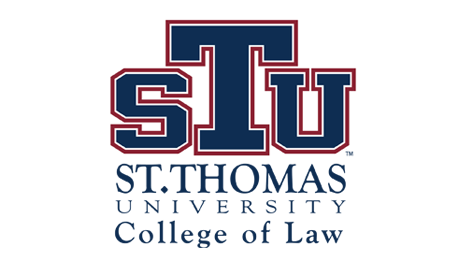St. Thomas Law Review
First Page
161
Document Type
Note
Abstract
Analyzing the results in affirmative action cases decided in the last fourteen years tends to invite specious observations. For example, it is true that only 50% of the affirmative action plans reviewed by the Supreme Court withstand constitutional attack, while 80% withstand federal statutory attack. Additionally, more than half of the Court's affirmative action opinions have been authored by Justice Brennan and in each case the challenged plan has been approved. Further, two cases evaluating the constitutional merits of affirmative action were written by Justice Powell, whose opinions resulted in findings of unconstitutionality, and whose language echoes long beyond his voice from the bench through the Court's subsequent conservative decisions. Moreover, Justice Powell was on the "winning side" of every affirmative action case in which he participated. Finally, all of the Supreme Court's authors who have spoken for the Court in approval of affirmative action have stepped down, while most of those disapproving remain. To fully appreciate the effect of these pronouncements, however, it is imperative to examine their jurisprudential underpinnings. Therefore, specific reference to the basic concepts of equality and justice employed by the Court becomes critical to such understanding. The language used by the Court in discussing equality and justice is at once innocuous and common, while profoundly multifaceted. It becomes a fascinating, if problematic, point of departure from rhetoric into values expressed almost inadvertently. Somehow, despite the language, we must attempt to glean the real ideology hiding behind this chameleonic body of law; such is the intent of this note.
Recommended Citation
Alec Anthony Izzo,
The Jurisprudence of Affirmative Action: Equality in Abstraction and Application,
4
St. Thomas L. Rev.
161
(1992).
Available at:
https://scholarship.stu.edu/stlr/vol4/iss1/11

